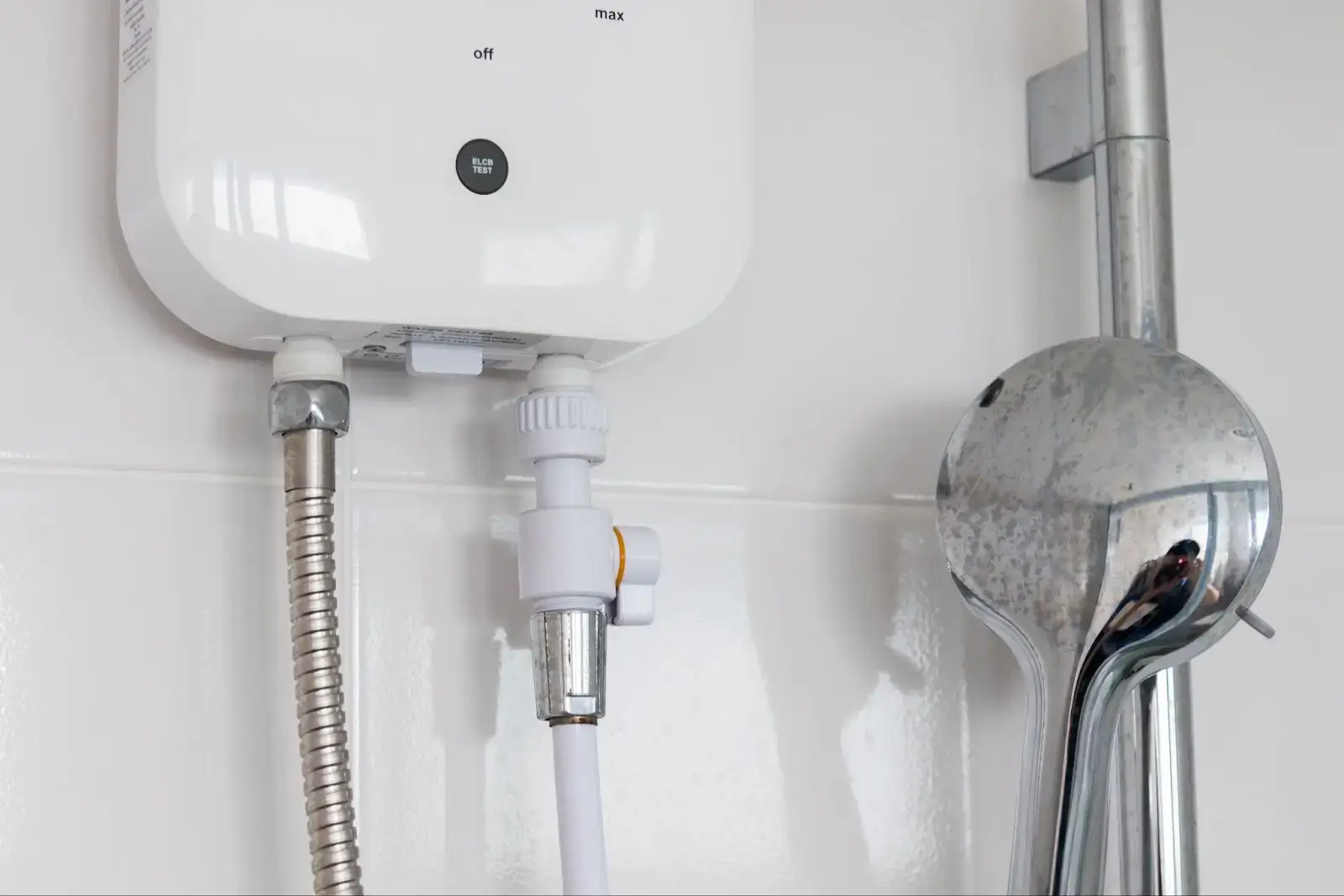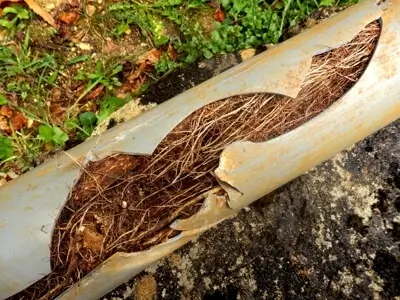When the furnace in your home suddenly stops working, it's not just an inconvenience; it's a puzzle waiting to be solved. One frequent culprit behind these unexpected shutdowns is the tripping of the high limit switch, a component many homeowners are unaware of until it starts causing trouble. This issue isn't just about a lack of heat; it's a symptom of underlying problems that can range from simple to complex.
In this blog post, we're going to demystify this common furnace problem. We’ll explore the various reasons why your furnace's high limit switch might be tripping and provide clear, actionable advice on how to address it. By the end, you’ll not only understand this issue better but also be equipped with the knowledge to keep your home warm and your furnace running efficiently.
Understanding the High Limit Switch
If your furnace were a car, the high limit switch would be its temperature gauge, crucial for preventing overheating. This small component, often unnoticed until a problem arises, has a big job: ensuring your furnace doesn't get too hot. Let's analyze its components and understand the significance behind it.
Located within the furnace, the high limit switch has one key role: to monitor the furnace's temperature. It's set to a specific temperature limit, a point where the furnace should never reach under normal operating conditions. When everything is working fine, your furnace heats your home, and the high limit switch just watches silently.
However, if the furnace starts to overheat – exceeding the safe temperature limit – the high limit switch acts like a circuit breaker. It interrupts the fuel flow to the burners, bringing the heating process to a halt. This action is a safety measure, preventing potential dangers like equipment damage or even a fire.
It's important to understand that when the high limit switch trips, it's not a sign of its failure. Instead, it's doing exactly what it's supposed to do: protecting your home from the risks of an overheated furnace. The tripping is a symptom, hinting at other issues within the furnace that need attention.
So, understanding the high limit switch is crucial. It's not just a part of your furnace; it's a safety feature, one that plays a vital role in keeping your heating system safe and functional.
Common Causes of High Limit Switch Tripping
When the high limit switch in your furnace trips, it's not just an arbitrary glitch; it's a warning sign pointing to specific issues within your heating system. Gaining insights into these prevalent causes can aid in efficiently recognizing and addressing the root issue. Let's delve into some of the most common factors that lead to the tripping of the high limit switch.
- Dirty Air Filters: One of the simplest reasons is a dirty air filter. Over time, filters can accumulate dust and debris, causing a restriction in airflow. When air can't circulate properly, heat builds up inside the furnace, causing the high limit switch to trip as a protective measure. Frequently replacing or cleaning air filters provides a straightforward solution to prevent this problem.
- Blocked Air Vents or Ducts: Similar to dirty air filters, blocked air vents or ducts impede the flow of air. Furniture, curtains, or even heavy build-up of dust and debris in the ducts can restrict air movement, leading to overheating. Maintaining unobstructed vents and ensuring clean ducts contributes to sustaining adequate airflow.
- Furnace Overuse: On particularly cold days, your furnace might work overtime to maintain warmth. This non-stop operation can cause excessive heat buildup, tripping the high limit switch. Giving your furnace periodic breaks and ensuring your home is well-insulated can alleviate this strain.
- Faulty Thermostat Settings or Malfunctions: Sometimes the issue lies with the thermostat. Incorrect settings or malfunctions may result in the furnace running longer than required, leading to overheating. Checking the thermostat settings and functionality can often provide a quick solution.
- Mechanical Issues: More complex causes include mechanical problems like a malfunctioning blower motor or issues with the furnace’s internal components. These problems can restrict airflow or cause the furnace to heat up excessively. Such issues usually require professional diagnosis and repair.
- Improper Furnace Size: In the event that your furnace is inadequately sized or excessively large for your home, it may undergo frequent cycling, potentially causing overheating and triggering the high-limit switch. Ensuring your furnace is the correct size for your space is key to its efficient operation.
By understanding these common causes, you can take a proactive approach to maintain your furnace and prevent the high limit switch from tripping. Regular maintenance, timely cleaning, and professional check-ups are crucial steps in ensuring the longevity and safety of your heating system.
Troubleshooting the High Limit Switch
Troubleshooting the high limit switch on your furnace, while keeping in mind the common causes previously discussed, involves a more investigative approach. It involves establishing connections between symptoms and potential underlying issues. Here's how you can build on the initial checks to delve deeper into resolving the issue:
- Initial Recap: Before diving into troubleshooting, revisit the basic checks: Have you replaced or cleaned the air filter? Are all air vents unobstructed? Is your thermostat functioning properly? These initial steps, while simple, are often the most effective solutions.
- Systematic Airflow Check: After ensuring the filter and vents are clear, investigate further into the airflow. Are there rooms in your house receiving less airflow than others? This could indicate blockages or leaks in specific sections of your ductwork, which might not be immediately visible.
- Blower Motor and Belt Inspection: Expanding on the basic check of the blower motor and belt, observe if the blower is running at the correct speed. A blower that’s too slow can fail to expel heat adequately, causing the switch to trip. Additionally, inspect the belt for proper tension and alignment.
- Electrical Connections and Wiring: Examine the furnace for any loose or damaged electrical connections and wiring. Sometimes, electrical issues can lead to erratic furnace behavior, including the tripping of the high limit switch.
- Detailed Thermostat Testing: Beyond checking the settings, test the thermostat's accuracy. Compare the temperature setting with an independent thermometer placed near the thermostat. A significant discrepancy might indicate a faulty thermostat that needs recalibration or replacement.
- Cycle Monitoring: After addressing the more apparent issues, monitor the furnace cycles. Is it undergoing frequent cycling, turning on and off too often? This could be a sign of an oversized furnace or a faulty control board, both of which can cause overheating.
- Professional Diagnostic Tools: At this stage, if the problem persists, it may be time to use more advanced diagnostic tools like a multimeter to check the furnace's electrical components, or a manometer to measure the gas pressure. These are tasks typically performed by professionals.
- Seeking Professional Help: If your troubleshooting has not resolved the issue, or if you're not comfortable performing any of these steps, it's prudent to call a qualified HVAC technician. They can conduct a thorough diagnostic, addressing not only the symptoms but also the underlying root cause of the issue.
By building upon the initial checks and taking a more in-depth look into your furnace’s functioning, you can either pinpoint the issue more accurately or provide valuable information to a professional who can. Bear in mind that although DIY troubleshooting can be beneficial, furnace systems are intricate, and there is no alternative for professional expertise in ensuring safety and efficiency.
When to Replace Your Furnace High Limit Switch
After thorough troubleshooting, if you find that the high limit switch continues to trip or if your furnace isn't operating as it should, it might be time to consider replacing the high limit switch. This decision is crucial for maintaining not just the efficiency of your furnace, but also the safety of your home. Here is a guide to assist you in determining when replacing is the most appropriate course of action.
- Repeated Tripping: If the high limit switch keeps tripping despite addressing all other potential issues like airflow blockages, thermostat malfunctions, and mechanical problems, this persistent behavior is a strong indicator that the switch itself might be faulty.
- Age and Wear: Consider the age of your furnace and its components. High limit switches, like any other part, have a lifespan. If your furnace is older and the switch has never been replaced, wear and tear could compromise its functionality.
- Inconsistent Furnace Behavior: If your furnace starts to behave erratically, shutting off unexpectedly or failing to heat your home adequately, and you've ruled out other causes, the high limit switch could be to blame.
- Professional Assessment: Sometimes, it's not easy to determine the health of the high limit switch on your own. In such instances, a skilled HVAC technician can evaluate its condition. They can perform tests to check the switch's responsiveness and accuracy.
- Safety Considerations: The primary role of the high limit switch is to prevent overheating, which can be dangerous. If there's any doubt about its reliability, it’s better to err on the side of caution and opt for replacement.
- Cost vs. Benefit: Evaluate the cost of replacing the switch against the potential risk of furnace damage or safety hazards. Often, replacing a malfunctioning high limit switch can prove to be more cost-effective in the long term compared to addressing the repercussions of an overheated furnace.
Remember, replacing the high limit switch is typically not a DIY job. It involves understanding the furnace's electrical and heating systems, and incorrect installation can lead to further issues.
It is recommended to entrust the replacement to a qualified technician. They can ensure that the new switch is compatible with your furnace model and is installed correctly.
In conclusion, deciding to replace your furnace's high limit switch is a balance between troubleshooting outcomes, the age and behavior of your furnace, and professional advice. It's a crucial decision that can influence the efficiency, functionality, and safety of your heating system.
Trust Sunset Heating & Cooling for Expert Furnace Care
Navigating the complexities of a furnace's high-limit switch tripping can be challenging, but understanding the causes and knowing when to take action are key steps in ensuring the longevity and safety of your heating system. Whether it's through routine maintenance, troubleshooting, or deciding to replace a faulty component, each measure plays a crucial role in keeping your home comfortable and safe.
At Sunset Heating & Cooling, we recognize the significance of a properly functioning furnace, particularly during colder months. Our team of seasoned professionals is committed to delivering high-quality service and expertise for all your furnace requirements. Whether it's routine maintenance or intricate repairs, we are dedicated to ensuring the smooth and efficient operation of your heating system.
While DIY measures can be beneficial, professional expertise is irreplaceable when it comes to your furnace's well-being and safety. For peace of mind and expert service, reach out to Sunset Heating & Cooling at (503) 500-5866.







